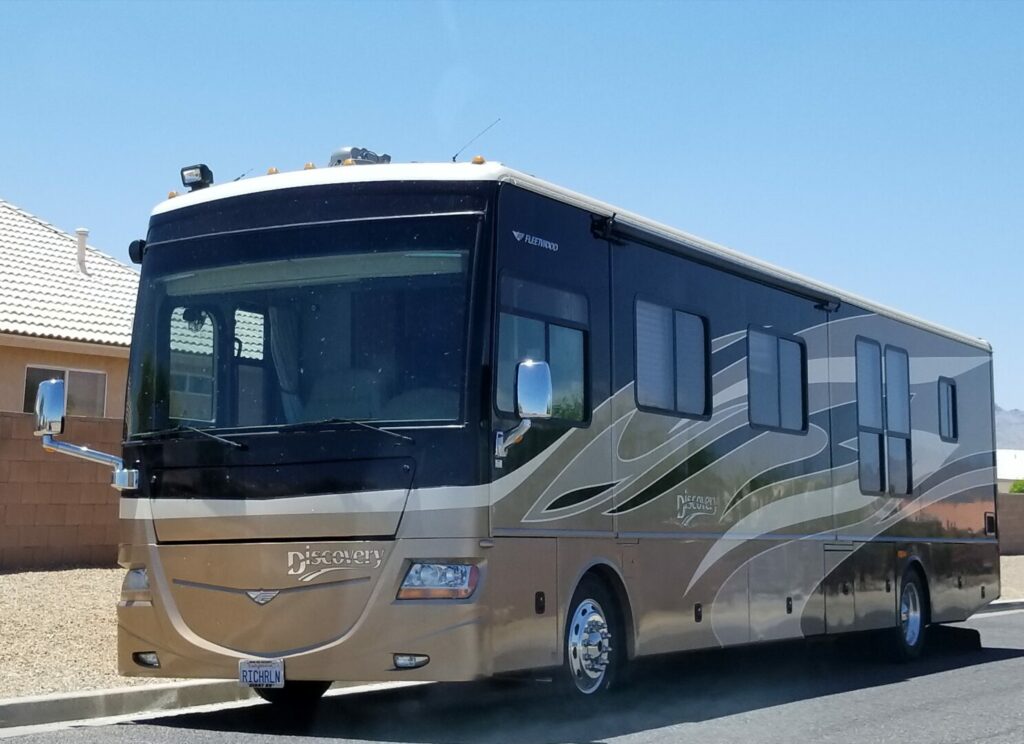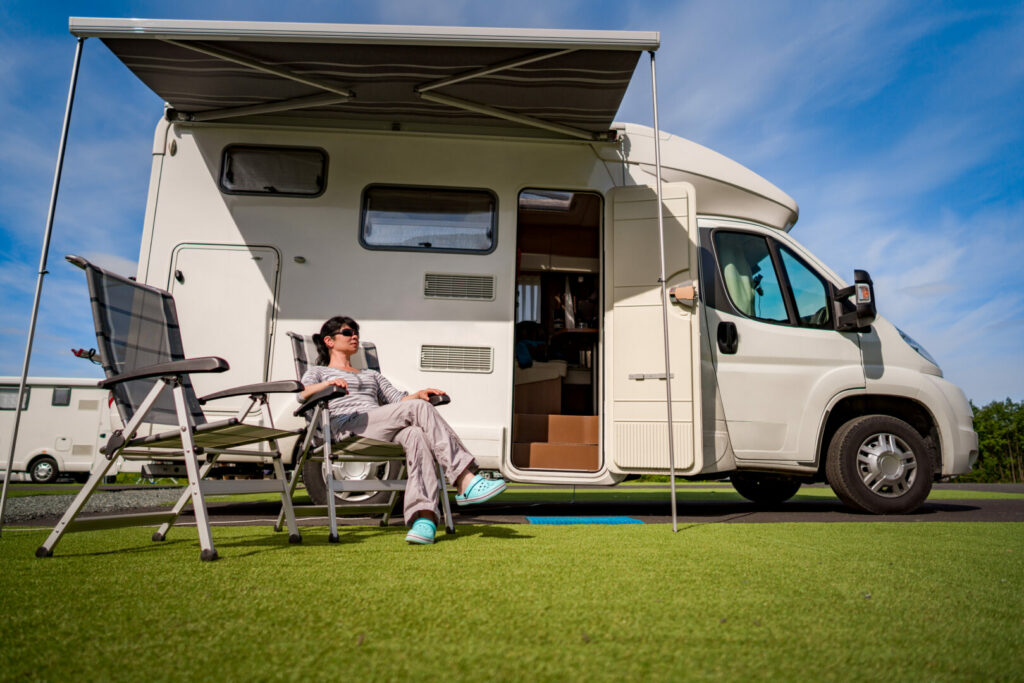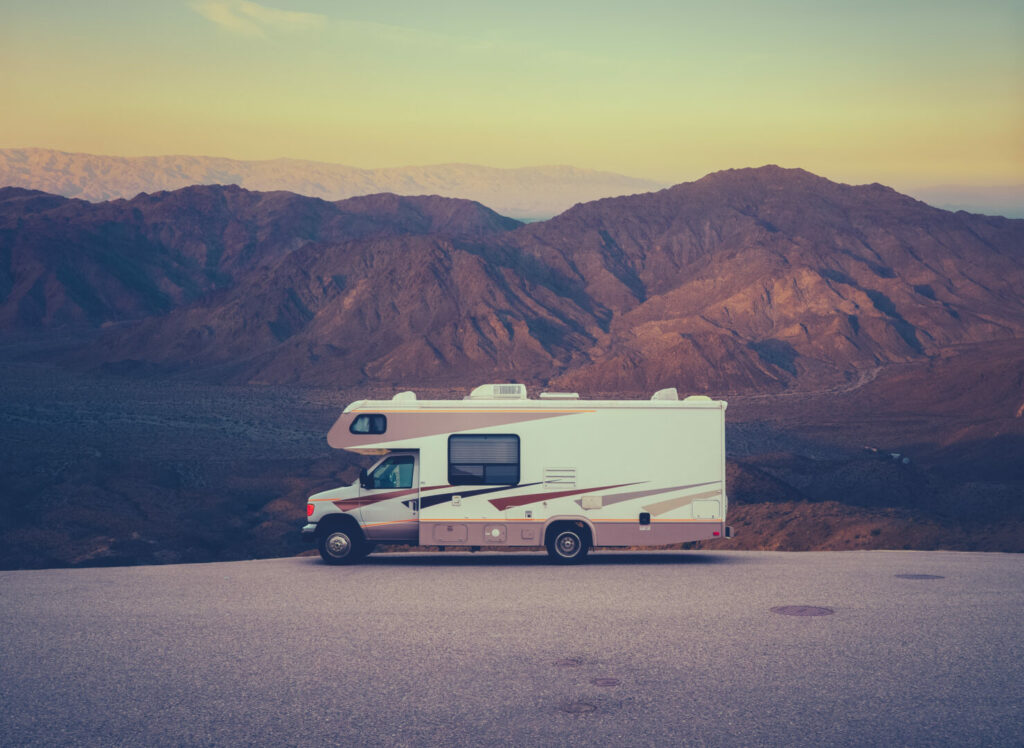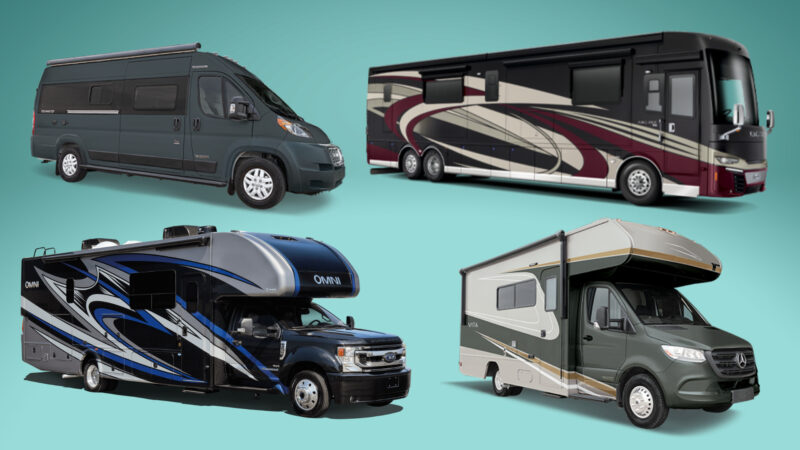Table of Contents Show
For those who like their RVs with engines attached, we will share the differences in motorhome classes. Discover how to tell the difference between each, which motorized coaches have more storage, and which ones you can drive easily. You’ll unearth the particular motorhome classes that offer fewer sleeping spaces and the ones designed to become the perfect year-round home.
What Are Motorhome Classes?
Motorized RVs break down into several categories, starting with Class A, the largest motorhomes. From there, we go to Class B, the smallest; Class B+, a little larger; Class C, Class Super C, and ending with the newest designation, Class E.
Pro Tip: Need to take the learning back a step? Read What Is Considered A Recreational Vehicle.

What’s the Difference in Motorhome Classes?
Most motorhome classes differentiate between the sizes of motorized coaches, even though the class names don’t run consistently from large to small. However, the newest class is designated by how its power source. The E Class is set aside for electric motorhomes. Below is a breakdown of all motorhome classes to help you find that perfect camping vehicle.
Class A Motorhome
The Class A recreational vehicle compares to a bus. In fact, they sit on a bus chassis, giving them a higher profile and a basement storage space. It usually provides the most room in living and storage areas. With the furnace ductwork running through the basement, the tanks and pipes stay warm. This makes a Class A motorhome the perfect four-season recreational vehicle.
Most have large picture windows with a straight front. The cockpit is more spacious than other motorized RVs, with large captain’s chairs. Many newer models even have room for a second bath, making them a great choice for family rigs.
They can usually sleep two to eight people, and model lengths can run from 24 to 42 ft. Class A RVs range from $100,000 to well over $1 million, depending on features and amenities.

Class B Motorhome
Commonly referred to as a camper van, Class B has all the utilities found in larger RVs. It has a van or cut-away chassis. Most vans have higher profiles, with an exterior height of around 9 ft and interior space of 6 ft 6 inches.
Class B motorhomes usually have wet baths, with the shower located in the same space as the toilet and sink, so most of the bathroom gets wet. These vans have diesel or gasoline engines. They can usually sleep one to two people, although some can create an extra bed using the front seats. It has minimal storage space, and models range in length from 17 to 22 ft long. The price ranges from $100,000 to $180,000 and beyond.
These very popular RVs get better gas mileage, and you can maneuver them more easily in tight spots than the larger motorhomes. And a Class B motorhome is, by far, the easiest RV to drive because of its smaller size and a short wheelbase.

Class B+ Motorhome
Sometimes used when referring to some Class C RVs, a Class B+ usually designates a camper van with a slide or a dry bath — one with a separate bath and shower area. They have a van chassis with expandable living space made possible by a slide. Some models have Murphy beds in the pullout, which stay hidden by a sofa sleeper or theater seating when folded up.
But all vans still have the same utilities as other RVs. Because of the additional space, many Class B+ rigs have more room for a spacious rear bathroom than regular Class B baths. They will have diesel or gas engines. The slide feature helps with some interior storage space but has limited exterior storage.
They sleep one to two people. Ranging in length from 20 to 26 ft, a Class B+ can cost from $120,000 to $180,000. Because of their relatively short size, you can maneuver this RV better than A or C motorhome classes.
Class C Motorhome
You can recognize this motorhome class by its truck cab appearance. The Class C motorhome has a truck chassis and is a little shorter in height than Class A. This means there isn’t a basement, but Class C usually has decent outside storage space, unlike Class Bs. These recreational vehicle models can come with one to three slides, which greatly increases the living space.
Many Cs have dry baths with a separate shower area. They range in length from 21 to 32 ft and can sleep two to eight people comfortably. Some have queen or even king-sized beds and may include bunks for family travel.
It generally has larger appliances than you would find in a van, with full-size refrigerators, stoves, and ovens. Prices range from $55,000 to $100,000, and most Cs have gasoline engines, although diesel has made its way into this market.

Super C Motorhome
You can’t mistake a Super C motorhome for a camper van. Almost everything is supersized. Many of these RVs come with three air conditioners standard and a 12.5-kilowatt diesel generator to power them off-grid and a semi-diesel engine.
The Super C can haul up to 20,000 lbs and usually looks like a semi-truck with an RV chassis behind it. These rigs can have luxurious interiors with high-end finishes and a spacious cockpit and living area. Like the Class C and A motorcoaches, this unit can come with slides for more interior space while sleeping two to six people comfortably.
Their lengths can vary from 32 to 54 ft, with prices starting around $150,000 and running above $400,000, depending on size and features. You may have trouble parking the longest Super C’s in most campgrounds. But their ability to dry camp for long periods makes them a good choice for boondockers who like their rigs BIG.
Class E Motorhome
The Class E motorhome, a new class created for future RVs, hasn’t hit the market yet. The model compares to Class B vans. Initially, the term was coined for an electric van-type recreational vehicle designed by Lordstown Motors in cooperation with Camping World. However, Camping World is moving forward in the creation of the Class E without partnering with Lordstown Motors.
However, traditional fifth wheel and travel trailer companies are also designing electric versions of their popular rigs, which will fall under the Class E moniker. It won’t be long until you can get a hold of these fully electric RVs.
Camping World plans to add a network of EV charging stations to all dealerships around the country. Constructing that infrastructure now will encourage new electric camper sales as soon as they hit the market.
Finding a Motorhome to Fit Your Style
From vans to mega buses, motorhome classes continue to grow in number and definition. There seems to be an RV for every camping style, need, and pleasure.
If you want a vehicle to enhance your camping trips, study the classes from A to E. Look for a rig that meets all your criteria regarding storage space, sleeping quarters, maneuverability, power sources, and even seasonality. You may find the selection quite remarkable.






